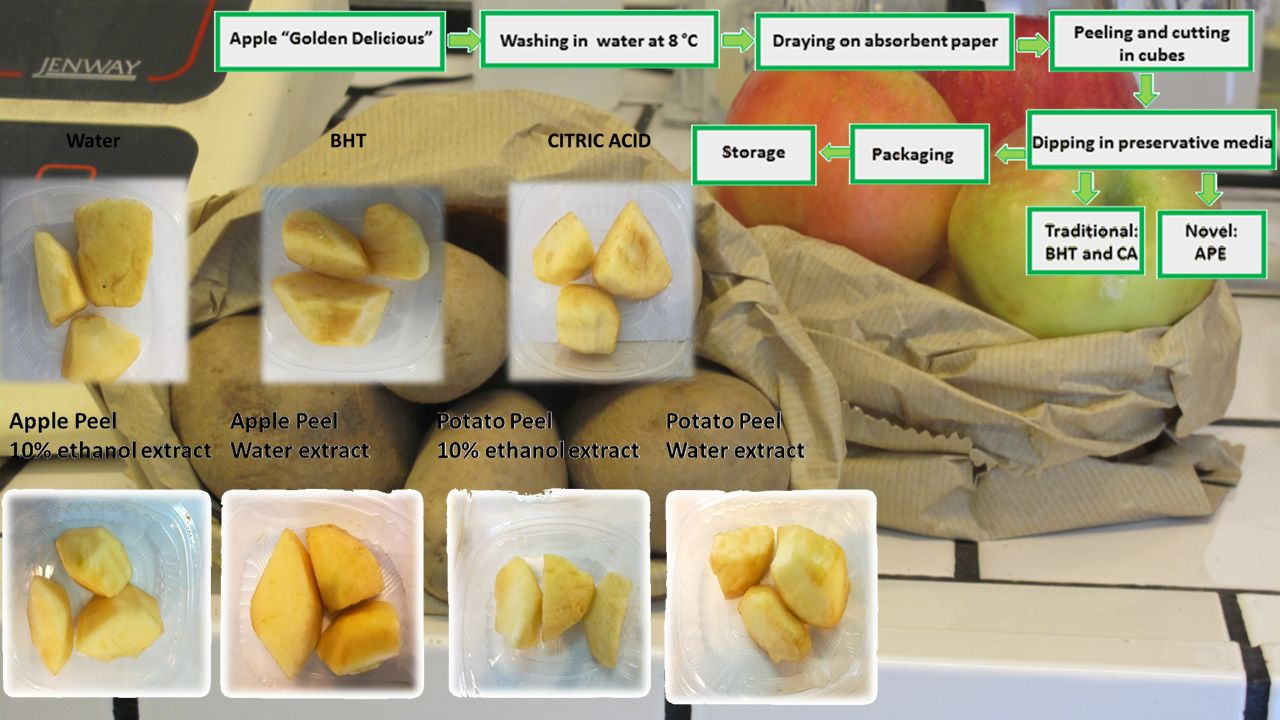The residues of fruit and vegetable processing: from "waste" to "resource" of natural phytochemical compounds

Published 2020-04-30
Keywords
- apple,
- bioactive products,
- minimally processed,
- natural additives potato
How to Cite
Abstract
The project of Sant’Anna School, in line with the Italian legislation on limiting waste and promoting the redistribution of surpluses and unused goods, aimed to study the potential healthy value of residues obtained from the transformation of fruit and vegetable products that represent a cost, as they must be handled, stored and disposed according to stringent actual regulations. Two “model” species (potato and apple) were considered to test the possibility of using industrial processing waste for food applications. The extracts, obtained with “green” methods from potato and apple peels, were evaluated as natural antioxidants in the preparation of minimally processed fresh-cut apple. Results suggest the possibility to use these novel byproduct extracts as valuable alternative treatments to traditional chemical additives employed for minimally processed apples.





